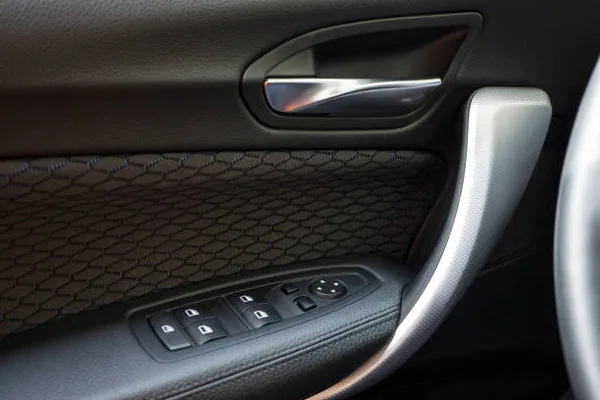Blow molding plays a critical role in the automotive industry by enabling the production of lightweight, durable and cost-effective plastic components. Its versatility allows for the creation of complex shapes and sizes, meeting the stringent requirements of vehicle design and safety.
The automotive industry favors blow molding for several key reasons:
- Weight Reduction: Plastic parts are significantly lighter than their metal counterparts, directly contributing to better fuel efficiency and lower emissions.
- Design Freedom: Allows for complex, three-dimensional shapes that can be engineered to fit in tight and irregular spaces within a vehicle’s chassis or body.
- Cost-Effective Integration: A single, seamless blow-molded part can often replace several smaller parts, brackets, and fasteners, reducing assembly time and cost.
- Corrosion and Chemical Resistance: Plastics like HDPE and Nylon are immune to rust and can withstand exposure to fuels, oils, coolants, and road salts.
- Durability and Impact Resistance: Excellent for parts that need to withstand vibration, under-hood heat, and minor impacts.
Advanced Manufacturing Techniques
The industry has continuously enhanced the blow molding process to meet the higher demand. 3D Blow Molding allows for precise control of wall thickness in complex geometries, ensuring optimal strength while minimizing weight. Multi-Material Coextrusion is another state-of-the-art technique where multiple layers of different plastics are fused during the process of bond formation. This is critical for fuel tanks, which combine an inner layer for chemical resistance, an intermediate barrier layer to prevent hydrocarbon emissions, and an outer layer for abrasive resistance.
Common Materials Used in Automotive Blow Molding
HDPE (High-Density Polyethylene):
The workhorse. It is used in fuel tanks and most fluid reservoirs due to its excellent chemical resistance, low cost and good shock strength.
Commonly used for interior ducts and some reservoirs. It is chemically resistant and very cost-effective.
PA (Nylon – Polyamide):
Often glass-filled. Due to its high heat resistance, it is used in air intake ducts and other under-hood components.
TPO (Thermoplastic Polyolefin) & PEBA (Polyether Block Amide):
Used for flexible ducts and tubes, often in the air intake system.
Cross-Linked Polyethylene (XLPE):
Used for structural components like bumper beams because the cross-linking process creates a more rigid and impact-resistant material.

Car door panels
Key Automotive Applications of Blow Molding
Fuel Tank: Blow molding is widely used to manufacture fuel tanks due to its ability to produce seamless, strong and lightweight containers that meet safety standards.
Reservoirs and Containers: Various reservoirs for fluids such as windshield washer fluid, coolant and windshield washer reservoir are made using blow molding.
Interior Components: Parts like armrests, door panels, and consoles can be produced using blow molding techniques, offering good aesthetic and functional properties.
Exterior Components: Some exterior parts, including bumpers and trim pieces, are manufactured using blow molding for lightweight and impact-resistant qualities.
Lighting and Signal Covers: Blow molding is used to produce covers for headlamps, taillights and signal lights, providing accurate shapes and high clarity.
Air and Fluid Ducts: Ventilation and fluid transfer ducts within vehicles are often manufactured through blow molding for complex shapes and durability.
Storage Compartments: Trays, bins, and other storage solutions inside vehicles benefit from blow molding’s ability to create complex geometries.
Expanding Applications in Electric Vehicles
The transition to electrification has opened new frontiers for blow molding. Outside the ducts and reservoirs, it is increasingly used in large undercarriage panels to improve aerodynamics and protect the battery pack. Crucially, blow molding is instrumental in creating complex coolant and refrigerant ducts for sophisticated thermal management systems that regulate battery and motor temperatures. This process is also being explored for creating structures, hollow pillars and frames within the vehicle’s body-in-white to further reduce weight and compensate for battery mass.
Conclusion
Blow molding has evolved from a niche process for making simple containers to a strategically enabling technology in the automotive industry. Its unique ability to produce strong, lightweight and complex hollow parts makes it indispensable for achieving modern goals of fuel efficiency, performance, safety and design flexibility. As the industry continues to innovate, especially with EVs, applications for blow molding are only expected to grow.
